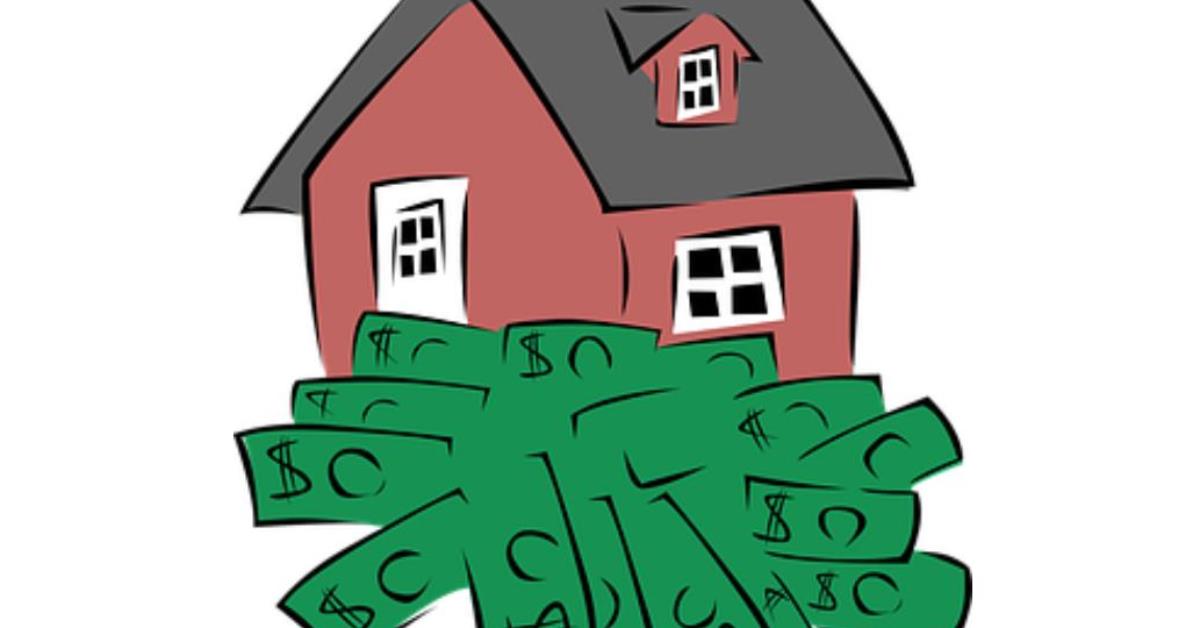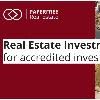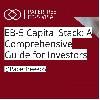PAPERFREE
commercial hard money financing
FREE CONSULTATION
The Lender Checklist: Finding a Solid Real Estate Investment
Finding the right real estate investment as a lender is about more than the property; you need to perform due diligence on both the property and the borrower.last updated Sunday, July 13, 2025
#Real Estate Investment #Property Qualification
| | by John Burson |

QUICK LINKS
AD
Get Access to Hard Money Capital by Asset Types
Every lender aspires to create mutually beneficial relationships, which requires time to understand the property business. The due diligence process involves both parties; as a lender, you should follow a real estate investment checklist before giving a stamp of approval to any project, which includes:
Property Qualification
Every property you look into will have a plethora of data available to help you in your decision-making, which is only valid when correctly interpreted.
A Property Search
Use multiple listing services (MLS) to obtain more information about the property, including its sale history, time on the market, lot size, neighboring amenities, and physical description. The MLS can also give you access to data on the neighborhood's crime history, current issues, and problems.
CMA Result Analysis
Once you have your data, you can create a comparative market analysis (CMA) to help you conduct a comparative sales statistics analysis for similar properties in the area, giving you an estimate of the amount of time the property will spend on the market.
Analysis of Existing Liens
Tax and related public records are crucial to your property search. Some properties come with complex taxes and issues, which you are better off discovering before committing.
Real Estate Regulations
Several regulations govern the changes you can make to a property, particularly in urban areas. Always ensure your borrower knows and abides by these regulations, including any additional rules from homeowner's associations, such as those regarding material selection and paint color.
Physical Inspection
As a lender, a physical inspection of the property is quite helpful. While pictures on the MLS may look flattering, they don't always provide a full view of the property. A physical inspection helps you gain an authentic feel for the surroundings, and you can verify CMA data firsthand.
Third-Party Appraisal
While an independent appraisal may incur additional costs, it ensures that price estimates are thorough and inclusive of all relevant costs. If cost is a factor, you can opt for a BPO (broker's price opinion), but you will not receive as much detail as you need.
Borrower Qualification
Trust between a lender and a borrower is essential. It would be best if you cared for the creditworthiness of your client as much as you do about the property. Some of the characteristics you may want to consider are:
- Your borrower's ability to respond to your requests and questions quickly. The borrower must understand and respect your interest in the deal.
- The borrower should present you with a realistic and concrete plan for improvements, which gives you confidence in their ability to understand the scope of work needed to make the sale successful.
- Always verify your borrower's history, including private money loans, liens, foreclosures, and bankruptcies. You need to know what you are walking into upfront.
- A borrower's references from other partners and lenders may provide you with insight to help you make a decision. Other considerations might include the property's tenants or owners.
- Building a face-to-face relationship with your borrower is crucial in helping you find someone you can trust. Your gut feeling will always guide you to the right decision.
The best way to grow and thrive is to build relationships with borrowers, allowing you to step in when problems arise. This will also help you grow repeat borrowers you can rely on for your business.
Free Consultation
Search within Paperfree.com
Similar Pages
- Are You Paying Too Much for a Real Estate Investment Property?

- Non institutional lenders are taking the center stage

- Invest in real estate. Real estate investment opportunities to build smart investment portfolio by Paperfree.com

- Fintech Sale Sparks EB-5 Lawsuit: Job Creation Compliance Under Scrutiny

- EB-5 Project Approval Process for Regional Center Investments

- EB-5 Capital Stack: A Comprehensive Guide for Investors

Popular
Benefits of the EB-5 Visa Program | Guide
Search within Paperfree.com
